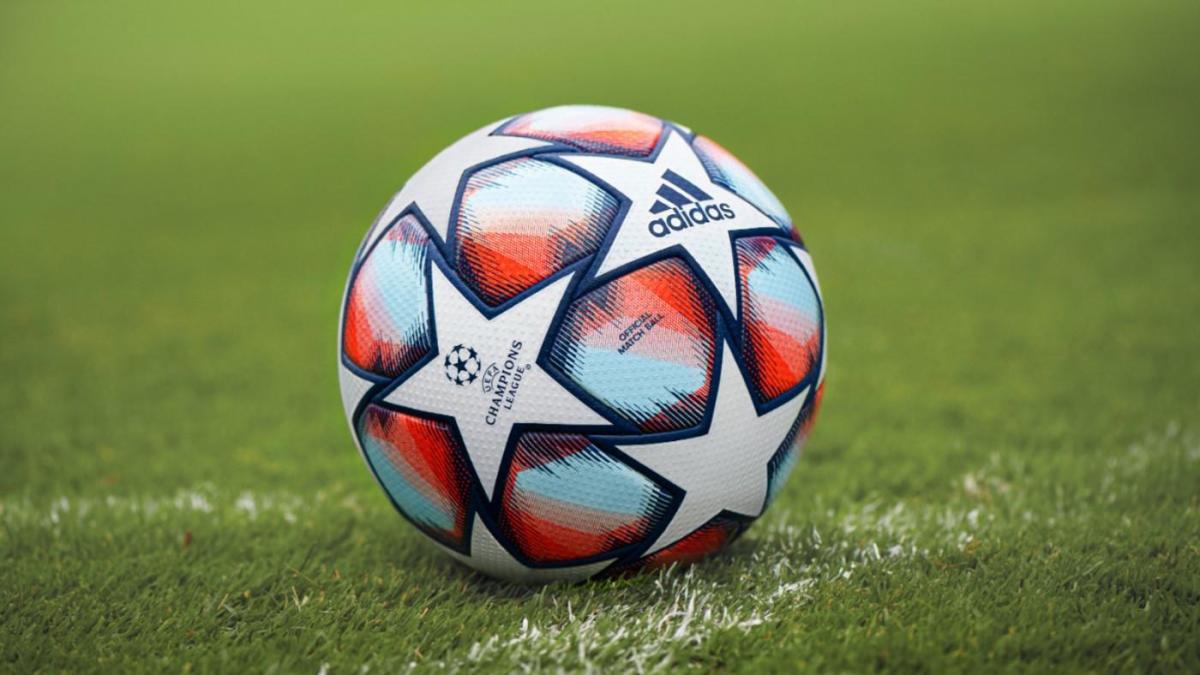The world of football, and especially the transfer market, continues and will continue to suffer from the economic effects of the coronavirus pandemic. If on one hand the clubs, in recent months, have faced a devaluation their players market value and a decrease in revenue, on the other the whole football industry risks having to face one of the least sparkling transfer market sessions in recent years, especially in terms of operations and spending.
That is even more true for the Serie A which ended in cross-hairs of various investment funds.
As evidenced by an analysis conducted by consulting company EY, the total value of the 2020-21 transfer market session (including both the summer and winter window) will be 830 million euros, i.e. 40% less than the 1,4 billion euros recorded in the Italian top-flight during the 2019-20 transfer market.
The number of transfers will also decrease. According to the consulting company they will go down from 355 to 291. As EY points out, assuming that the transfer market “is vital within the football business, both from a technical point of view (to raise the quality level of the teams) and from a financial one (as a source of funding for smaller teams that sell valuable players),” the consultancy firm highlighted a fundamental problem that was encountered in recent years: “The clubs are unable to pay back their purchases through sales.”
In fact, taking as a reference the transfer market activities of the Top 5 European leagues (England, Italy, Spain, Germany and France), EY was able to conclude that from 2015-16 to 2019-20, the amount spent on purchases clearly exceeded the revenue from sales: 5 billion against 3.8 billion euros – that’s a 1.2 billion euros gap caused by the coronavirus pandemic.
Having said that, there is no doubt – emphasizes EY – that “the economic crisis linked to COVID-19 will have a further negative impact on the spending possibilities of the teams” for two main reasons:
- Ancillary sources – including operating surplus deriving from operating revenues exceeding operating costs – to finance the transfer market will decrease.. This is a very significant problem for Serie A, given that many clubs have already resorted to debt to banks and credit institutions and to payments by shareholders
- Serie A teams will suffer a cash reduction in the 2020-21 season (around 400 million euros) mainly deriving from the contraction in ticketing and sponsor revenues
Because of this, COVID-19 – in addition to impacting the number of transfers and investments – will create a real proof of devaluation. So much so that, according to EY, clubs will be forced to focus primarily on the necessary purchases, possibly also offering lower prices based on financial availability. The average value expected to be 23% lower than the average price of the operations.
An Economical Analysis of the Impact of COVID-19 on Football
The pandemic and the respective lockdown caused by the coronavirus have inevitably disrupted lives and everyday life on a large global scale, including the football transfer market. The recovery, albeit in fits and starts, was driven by the need to return to breathe some normality and was necessary not to permanently block entire economic systems. However, it came with many doubts about the damage and repercussions that will be felt in the second half of 2020 and in the following years.
Football has also suffered strong shocks and the decision, in Serie A as well as in the other major European leagues, to resume and conclude the 2019-20 sporting season was a considered choice to limit the damage and stop the collapse of finances. The transfer market is also destined to change its rules, at least in the formula now acquired in recent years. According to a study published by KPMG Football Benchmark that analyzed the effects of the pandemic on player values, the impact of coronavirus on players transfer market risks being devastating.

The lower availability of liquidity for clubs, due to the lack of revenue from the box office and TV rights, will lead companies to focus more on debt recovery than on the transfer market. On top of that, there will be a difference of conditions between the seller’s market and that of the buyer. The latter could benefit from the clubs’ need to sell, the duration of contracts, the age of the players and the possibility of relying on the youth sector. That generates a first consequence: The gap between rich clubs, who will likely be able to maintain some liquidity, and smaller companies forced to sell their players to settle their budgets, is destined to widen.
What percentages of decrease are we talking about on some individual players’ value? Kylian Mbappé, whose price tag at the beginning of 2020 was between 200 and 260 million euros, has experienced a drop of around 20% by now. The same applies to the likes of Raheem Sterling, Neymar, Jadon Sancho, and so on.
By studying 10 reference leagues – the Pro League in Belgium, the Eredivisie in the Netherlands, the Premier League, the English Championship, the Ligue1, the Bundesliga, the Serie A, La Liga, the Portuguese Liga Nos, and the Super Turkish Lig – KPGM has obtained some figures based on the common decision to restart playing behind closed doors (except for the cases of France, Belgium, and the Netherlands where the season ended in March).
In this case, the players’ market value would drop by 17.7% for a total of 6 billion and 617 million euros. The Premier League would remain the most affected league with an average loss of 3.93 million per player, while Eden Hazard of Real Madrid would be the most depreciated player with a -25.5% on the cost of his price tag. In Serie A, Lecce should be the club to face the most significant loss in value (26.3%), followed by Sampdoria (22.2%) and SPAL (19.9%).
***
Read more from Marco Perrotta on https://naples-football-city.com

